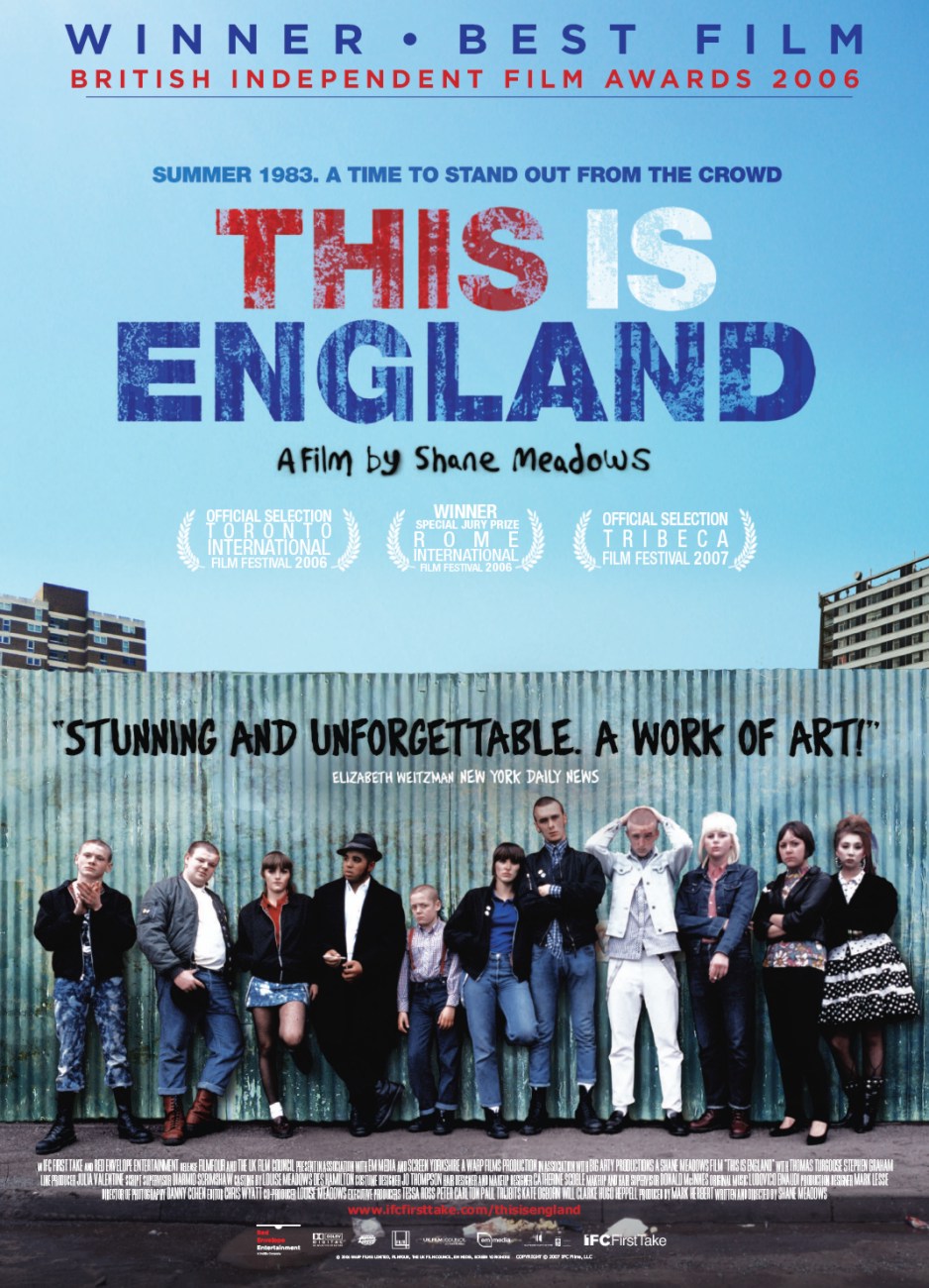Audiences
All text are made with an audience in mind, there are two types of audiences, mass audiences or niche audiences.
Mass Audience - A film with an audience of a large scale.
Niche Audience - A film with a Small/specific audience.
Without an audience there would be no point in making media products. Organisations make media products so that they can make profit on their films.
No Audience = No Profit
Katz and Blumler were two theorists that researched audience behaviour, they discovered that audiences like media products for three main reasons
1. To find out information on a certain topic "satisfying curiosity", people may read a newspaper in order to find out about current events.
2. To gain a personal identity or to find a role model to base their personality on
3. For integration or social interaction as it enables you to connect with friends or family.
Impact of new technology
Old TV, Radio and Newspapers are classed as old media used to have a very large audience now have to work harder to maintain audience numbers
Digital technology has led to an increasing uncertainty over how we define audiences with the general agreement being that a group of people reading or watching the same thing is an audience. digital technology includes smart phones and social media.
Demographic - Age
- Race
- Gender
- Class/Status
Psychographic - Audience's interests
Mass audiences are forms of media that appeal to a large amount of people this would be films such as the James Bond Films or the Harry Potter films.

Whereas niche audiences have less viewers but are very influential in that field. An example of a film with a niche audience is This is England.

A full list of how audiences are categorized with detailed notes can be found at:
http://www.thinkbox.tv/server/show/nav.914
From this link I have learnt how audiences consume media and how audiences are divided into categories so that they are easily recognisable.
Group A is made up of Doctors, Scientists, Lawyers and other well paid professionals.
Group B - teachers, Middle Management and fairly well paid professionals
Group C1 - Junior Management, Bank Clerks
Group C2 - Plumbers, Electricians and Carpenters
Group D - Manual workers such as Post sorters and drivers
Group E - Students, Pensioners and unemployed
 An example of this is Jim Carey, he is usually shown as a comedic character as he mainly appears in comedies such as; Bruce Almighty, Ace Ventura and Dumb and Dumber.
An example of this is Jim Carey, he is usually shown as a comedic character as he mainly appears in comedies such as; Bruce Almighty, Ace Ventura and Dumb and Dumber.





